
How Cannabis Influences Dreaming
We hear stories from cannabis-loving friends about their sudden vivid dreams upon taking a weed break. Some of them even recall having more nightmares than usual. Is there a connection between cannabis use and dreaming? Read on to find out.
Ask any cannabis enthusiast about their dreams, and you’ll likely get some interesting answers. They’re the most vivid, cinematic recollections you’ll hear. Some experience different sequences each night, and it can be quite a trip. But usually, you’ll only hear these dream descriptions from marijuana users after they’ve taken a break from their habit.
Studies have also found a connection between marijuana use and potential effects on various aspects of sleep and dreaming. In this article, we’ll examine the importance of dreaming, how cannabis affects the sleep cycle, and if weed withdrawal causes nightmares or unusual dreams. From here, we can gain a better idea of how cannabis influences dreaming overall, and whether it can stop dreaming or even encourage lucid dreaming. Finally, we'll recommend what we consider to be some of the best cannabis strains for getting some well-earned rest. Let's dive in!
Understanding the human sleep cycle
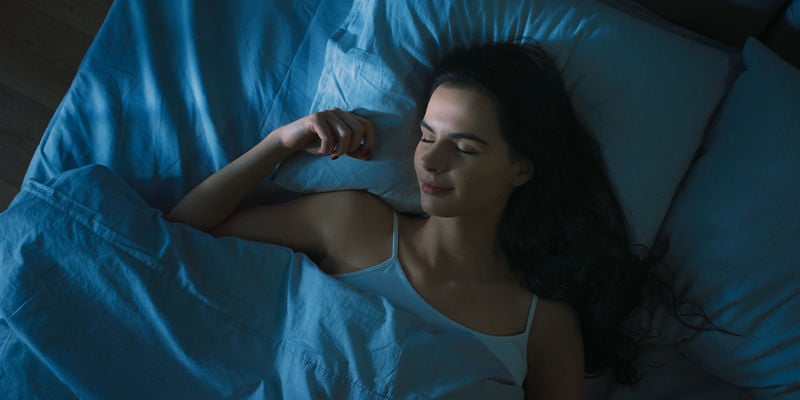
But first, to lay the groundwork, we must understand how the human sleep cycle works.
A Google search may lead you to numerous pieces of literature on the subject, so allow us to simplify it for you: Every night, a person goes through four different sleep stages as part of a full sleep cycle. Each cycle consists of both rapid eye movement (REM) and non-rapid-eye movement (NREM) stages.
Normally, our bodies go through these sleep stages four to six times per night, on average. But as we slumber on through the night, we go through fewer NREM stages and more REM stages.
In this next section, we’ll delve deeper into each stage of the sleep cycle and see what they’re all about.
Sleep Stages

The first three stages of sleep are in NREM.
Stage 1: N1. This is the shortest stage, and usually lasts up to five minutes. It’s the stage when we slowly move from wakefulness to sleep.
Stage 2: N2. At this point, both heart rate and body temperature begin to drop as the body transitions into deeper sleep. This stage usually lasts between 25 and 60 minutes.
Stage 3: Deep sleep. When you get to this stage, you aren’t easily roused. For deep sleepers, even loud noises of up to 100 decibels won’t wake them. But if you wake up, you’ll likely experience some mental fogginess, otherwise known as sleep inertia. Stage 3 usually lasts up to 40 minutes.
Stage 4: REM. The fourth and final stage of sleep is when dreams usually happen. Breathing becomes more erratic. The REM stage usually lasts between 10 and 60 minutes.
The Importance of Dreaming
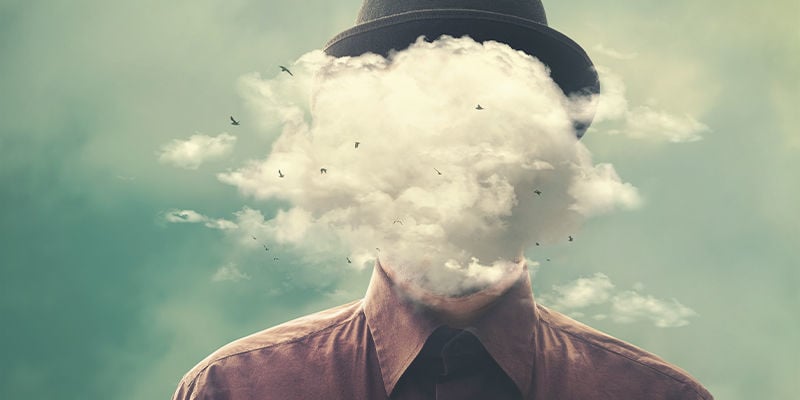
Now, it’s easy to dismiss dreaming as a normal sleep occurrence. We know that our brains remain functional during this period of rest, and that dreams are the mere byproduct of that activity.
But according to experts, dreaming holds an important function for our overall well-being. In an article written by neuroscience professor Matthew Walker, it is pointed out that dreaming is a form of cathartic healing. Walker says that REM sleep, in particular, helps to take out the “painful sting” from any traumatic moments we experience during the day.
REM sleep, as Walker explains, is the only time our brains aren’t filled with noradrenaline, an anxiety-triggering molecule. And because of that stress-free state, we’re able to re-process those distressing memories more calmly.
Cannabis and dreaming

According to research, THC can potentially suppress REM sleep. It’s also been shown to affect sleep latency (aka the amount of time it takes for a person to fall asleep) and dreaming frequency.
But what exactly is the correlation between cannabis use and dreaming? A 2019 study observed 11 cannabis users and eight non-users. Both groups were made to sleep at home but had to wear sleep acquisition headbands.
In terms of sleep quality, the cannabis user group showed longer sleep latency and less time in REM. They showed no differences in dream recall. However, they reported “higher bizarreness” in their dreams.
Marijuana and REM Sleep
REM sleep, as we mentioned, is the stage of sleep when dreams take place. It happens at around the 90-minute mark into your slumber, when your eyes move in a quick, side-to-side motion (hence the name).
We also mentioned that cannabis can potentially reduce REM sleep. Researchers saw this connection in a 2008 study, where participants also showed worse sleep efficiency and longer sleep onset (aka the transition from wakefulness to sleep).[2]
But on the flip side, that also means that taking THC out of the equation could induce the opposite effect. Science backs this theory up with what is referred to as REM rebound, which was observed in a 1975 study. In other words, by abstaining from THC use, cannabis users may experience a spike in REM sleep and unusual dreams.
What About CBD and Dreams?
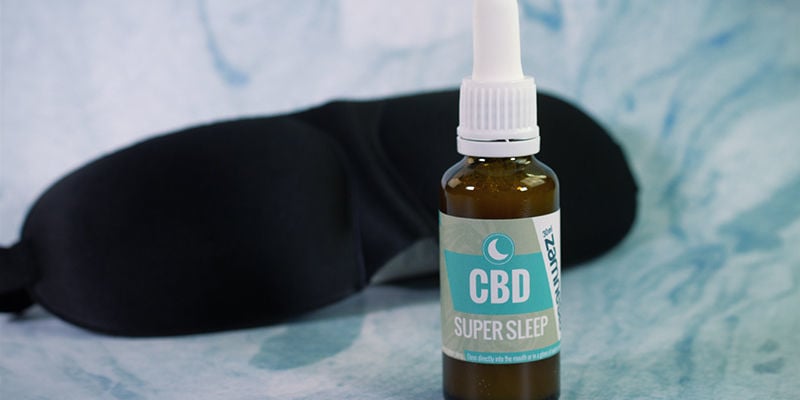
So far, we’ve laid out THC’s plausible effects on dreaming. But what about its non-intoxicating cannabinoid cousin, CBD? Does it have any impact at all?
First, it’s worth noting that CBD is a common ingredient in sleep supplements. Although it’s not believed to induce sleep directly, its indirect effects are thought to potentially promote sleep readiness.
For example, a 2019 study highlights cannabidiol’s potential to reduce the tension associated with sleep problems. And in a 2007 experiment featured in Chemistry & Biodiversity, 40–50% of participants “attained good or very good sleep quality” using Sativex: a 1:1 THC:CBD oromucosal spray.
Because there is insufficient research on CBD's affect on dreams specifically, we can only look at anecdotal evidence. Bottom line: More studies and experiments are needed to make a definitive conclusion about CBD and dreaming.
Marijuana withdrawal and dreams
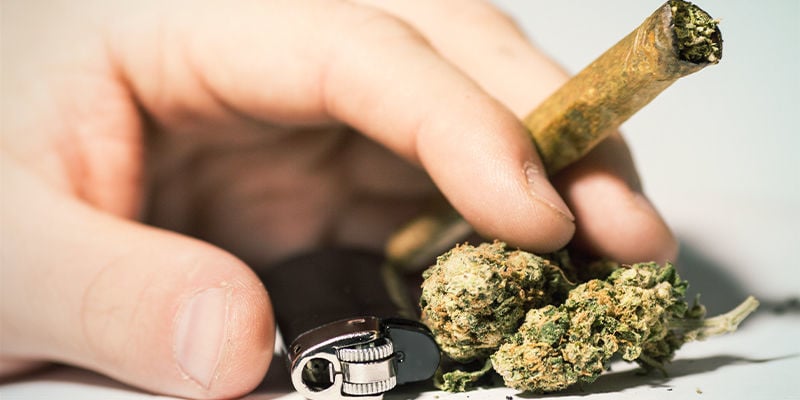
It’s good to have a tolerance break at times. It gives your lungs a breather (no pun intended) while allowing your system to get used to the lack of THC. Tolerance-wise, you’ll be back to a level similar as when you first started smoking, and that first toke back will hit you hard.
Earlier, we mentioned anecdotes about individuals experiencing more vivid dreams after quitting weed. And since THC is known to plausibly suppress REM sleep, it can be said that the sudden vivid dreams are part of the withdrawal symptoms, for better or worse.
Can Cannabis Cause Lucid Dreams?
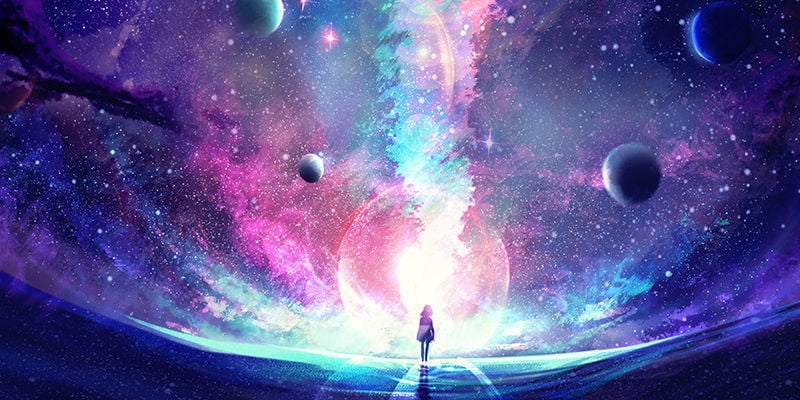
Although there are no comprehensive studies on the effects of different cannabis constituents on lucid dreaming specifically, it appears that weed—or rather, abstaining from it—does have the potential to cause strange or unusual dreaming experiences.
Let’s get back to the REM rebound effect. Upon abstaining from THC, that sudden increase in REM is your brain “resetting” as it gets used to the lack of the cannabinoid’s presence. It’s like having a jolt to the system.
Research supports the theory. A 2011 study highlights the potential effects of cannabis withdrawal, showing that “nightmares and/or strange dreams was the most valid item”.[6] Using the Cannabis Withdrawal Scale, 49 dependent cannabis users volunteered to provide daily scores during a baseline week followed by two weeks without weed. Although a large share of them experienced unusual dreams or nightmares, it “caused relatively little associated distress”.
Similar findings are demonstrated in a 2016 study, where 41% of the participants reported sleep disturbances.
So, while these studies don’t outright support or deny weed’s ability to induce or sustain lucid dreams, cannabis, or THC, specifically, does seem to have the ability to alter our unconscious dreaming state.
Can cannabis stop dreams?
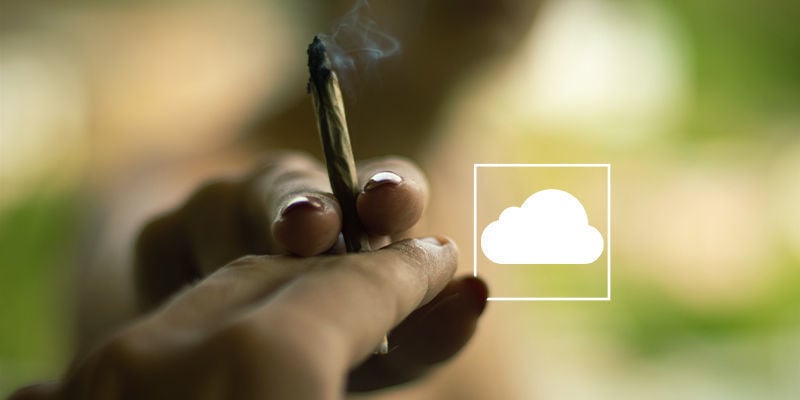
Based on findings discussed above, THC can potentially suppress REM sleep. In effect, that means there is less time spent in that dream stage. It doesn’t exactly stop dreams, per se, but it could plausibly cut them short.
But for the sake of our well-being, deep sleep is very much necessary. If you happen to have trouble getting some quality shut-eye, fret not. Certain strains could help you out!
Cannabis Strains To Promote Sleep Readiness
When it comes to using cannabis to promote sleep readiness, many guides will suggest indica-dominant strains. Although strain type is secondary to cannabinoid and terpene content, heavy indicas tend to contain high levels of THC and sleepy terpenes that indeed are a one-way ticket to dreamland. That said, some people find strains with CBD to be more effective for achieving deep, restful sleep.
With that in mind, before we leave you to tuck in for a good night's rest, here are a few strain suggestions if you’re having sleep issues. Night owls, this could be the answer to your long-standing problem.
Bubba Kush
First, we have Bubba Kush. This indica-dominant strain will leave you in an intense, dreamy state that will have you raring to turn off the lights and get some rest. With 18% THC, you will feel its soothing effects upon those first few hits.
Northern Light
Next on the list is Northern Light from the fine folks at Royal Queen Seeds. At 18% THC, this pure indica provides a deep, satisfying stone that kills tension in both the mind and body.
CBD Critical Mass
CBD Critical Mass is perfect for those seeking something a little milder. This strain features mild levels of both THC and CBD, priming you for a relaxing slumber and leaving you with a citrus party in your mouth.
Blue Mystic
If you want a potent strain to knock you out in the best way possible, this is one for the job. An 80% indica with 22% THC, it’s not one to mess around with, unless you plan on staying under the covers.
On its own, dreaming is a fascinating area of study. Add a psychotropic substance like THC to the mix, and suddenly things get stranger and even more interesting. Whether you're looking to use cannabis to aid in sleep or wondering why weed withdrawal is giving you nightmares, understand that THC, in particular, has the potential to impact your sleep cycle, and thus everything that comes with it.
- (n.d.). Allsop, D. J., Norberg, M. M., Copeland, J., Fu, S., & Budney, A. J. (2011). The cannabis withdrawal scale development: Patterns and predictors of cannabis withdrawal and distress. Drug and Alcohol Dependence, 119(1-2), 123–129 - //pubmed.ncbi.nlm.nih.gov/21724338/
- (n.d.). Gates, P., Albertella, L., & Copeland, J. (2015). Cannabis withdrawal and sleep: A systematic review of human studies. Substance Abuse, 37(1), 255–269 - https://www.med.upenn.edu
- Ceri Bradshaw, Rebecca Borcsok, Matthew Taylor, Sophie Segust, Daniel Ford, & Michelle Carr. (2019/11/01). Bradshaw, C., Borcsok, R., Taylor, M., Segust, S., Ford, D., & Carr, M. (2019). P039 REM sleep and dream reports in frequent cannabis versus non-cannabis users. Poster Presentations. - https://bmjopenrespres.bmj.com
- Feinberg I, Jones R, Walker JM, Cavness C, & March J. (1975 Apr). Feinberg, I., Jones, R., Walker, J. M., Cavness, C., & March, J. (1975). Effects of high dosage delta-9-tetrahydrocannabinol on sleep patterns in man. Clinical Pharmacology & Therapeutics, 17(4), 458–466. - https://pubmed.ncbi.nlm.nih.gov
- Karen I. Bolla, Suzanne R. Lesage, Charlene E. Gamaldo, David N. Neubauer, Frank R. Funderburk, Jean Lud Cadet, Paula M. David, Antonio Verdejo-Garcia, & Amy R. Benbrook. (2008/06/06). Bolla, K. I., Lesage, S. R., Gamaldo, C. E., Neubauer, D. N., Funderburk, F. R., Cadet, J. L., David, P. M., Verdejo-Garcia, A., & Benbrook, A. R. (2008). Sleep disturbance in heavy marijuana users. Sleep, 31(6), 901–908 - https://www.ncbi.nlm.nih.gov
- Russo EB, Guy GW, & Robson PJ. (2007 Aug). Russo, E. B., Guy, G. W., & Robson, P. J. (2007). Cannabis, pain, and sleep: Lessons from therapeutic clinical trials of sativex®, a cannabis-based medicine. Chemistry & Biodiversity, 4(8), 1729–1743. - https://pubmed.ncbi.nlm.nih.gov
- Scott Shannon, Nicole Lewis, Heather Lee, & Shannon Hughes. (2019). Shannon, S. (2019). Cannabidiol in anxiety and sleep: A large case series. The Permanente Journal, 23 - https://www.ncbi.nlm.nih.gov
-
 8 min
10 October 2022
How To Use Cannabis To Improve Sleep
Le cannabis est utilisé à bien des escients, y compris la promotion d'un sommeil sain. Mais bénéficie-t-il réellement au sommeil ? Est-il plutôt nocif ? Quels composés précis du cannabis sont...
8 min
10 October 2022
How To Use Cannabis To Improve Sleep
Le cannabis est utilisé à bien des escients, y compris la promotion d'un sommeil sain. Mais bénéficie-t-il réellement au sommeil ? Est-il plutôt nocif ? Quels composés précis du cannabis sont...
-
 6 min
6 July 2021
What Are The Risks Of Lucid Dreaming?
The magical world of the subconscious, what does it contain? Potentially the best way to find out is to enter a lucid state while dreaming. But, are there any risks attached to this almost...
6 min
6 July 2021
What Are The Risks Of Lucid Dreaming?
The magical world of the subconscious, what does it contain? Potentially the best way to find out is to enter a lucid state while dreaming. But, are there any risks attached to this almost...
-
 6 min
24 June 2021
How To Keep A Dream Journal: Advice And Best Practices
Using a dream journal can be fun and informative. Getting closer to your dreams is exciting in its own right, and, for many, that's enough. For others, it can be a useful practice to bring things...
6 min
24 June 2021
How To Keep A Dream Journal: Advice And Best Practices
Using a dream journal can be fun and informative. Getting closer to your dreams is exciting in its own right, and, for many, that's enough. For others, it can be a useful practice to bring things...













 United States
United States










